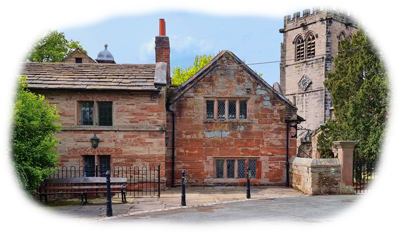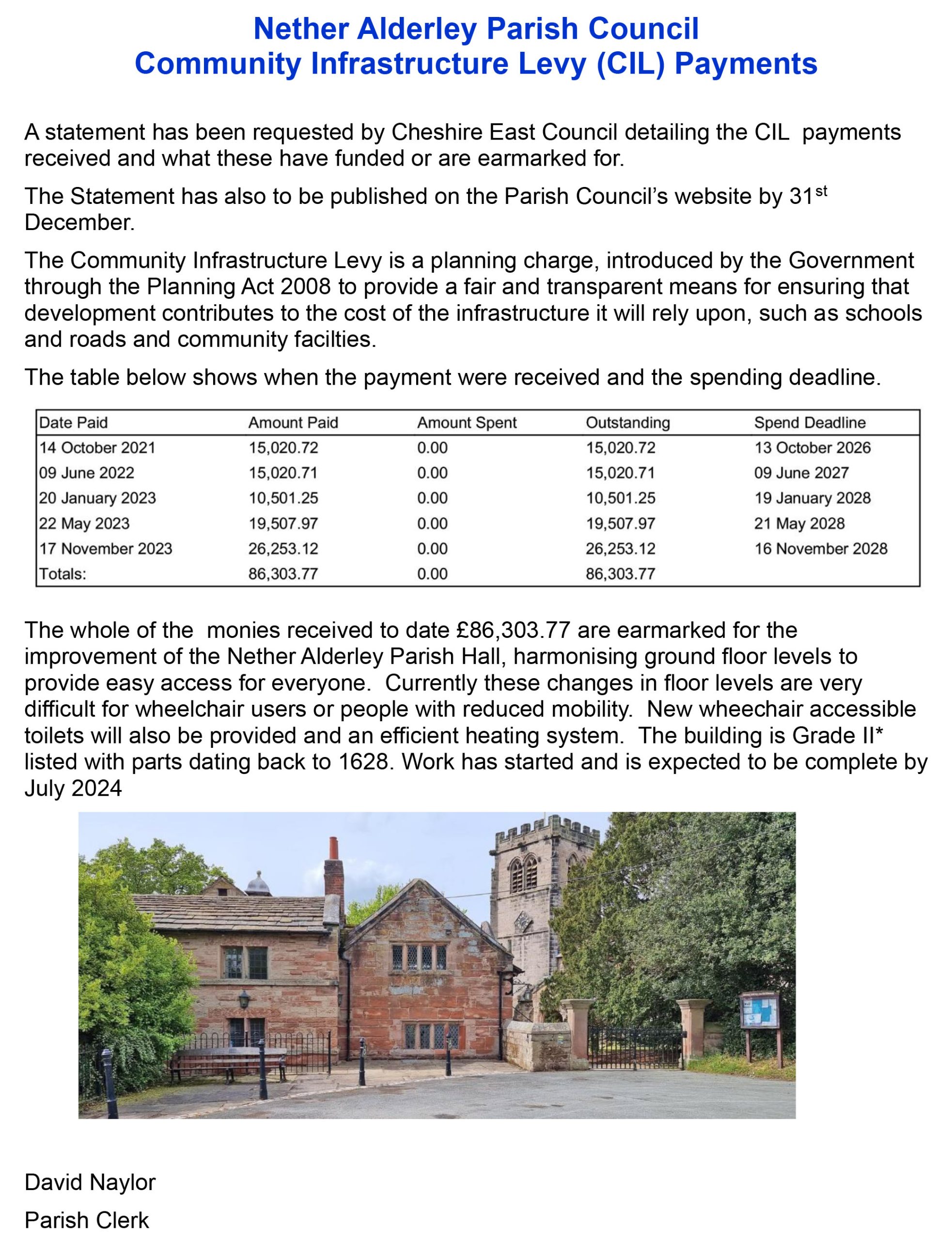MILL WHEELS BEGIN TO GRIND AT NETHER ALDERLEY MILL
An 18 month conservation project carried out by the National Trust means that Nether Alderley Mill has now been returned to working order.
This ancient corn mill, parts of which date back to the 16th century, sits on the site of an original mill of c 1391 and is one of only four virtually complete corn mills surviving in Cheshire.
Phyllis Bayley, Project Manager for the restoration says: “It’s been fantastic watching the mill slowly coming back to life.
We’ve had some amazing moments during the restoration and conservation work: for example when we removed the mill’s 200 ton giant roof we discovered, thanks to the light coming in, a collection of graffiti, some of which dated back to the early 18th century and more recently the 1960s; not to mention being able to see the amazing structure of the building in full daylight which was a once in a lifetime opportunity.
“We would like to thank York based architects Wiles and Maguire Ltd and conservation building contractors Lambert Walker for their superb work on the Mill project, together with specialist millwrights from the Norfolk Mills’ Alliance – who are experts in ancient corn mills – and who have worked to restore the mill machinery to ensure it’s fit for purpose”.
Mrs Beryl Bardsley is the grand-daughter of the last milling family to work at the Mill before it closed in 1939. Her grandfather, John Hog Rawlins was given the mill in 1884 as a wedding present from his father, the miller at Great Warford Mill. John continued to run the mill until he died in 1924 when his sons John (Beryl’s father) and Ernest took over until the mill closed in 1939.
Beryl says: “I think it’s wonderful that the mill has now reopened. I have many fond memories of visiting my father and uncle whilst they were working there. I can remember Uncle Ernest allowing me to test the flour – it felt like warm silk in my hands. I’m sure my grandfather would have been very pleased if he’d known that the milling tradition at Nether Alderley is now alive and well”.
Nether Alderley Mill is being manned entirely by National Trust volunteers. George Mcadams is one of four Trust volunteers who recently undertook a Milling course organised by the Society for the Protection of Ancient Buildings (SPAB). He now demonstrates grinding flour at the Mill.
“Nether Alderley was worked by a long line of country millers over several centuries at a time when the miller was a man of substance” says George.
“ His status in the village community would be equivalent to that of a prosperous farmer. Having completed a course on milling, I feel it’s brought me much closer to understanding the day to day life of the miller here at Nether Alderley, which I can share with our visitors. It’s amazing to think that I and my fellow millers are continuing a milling tradition which goes back centuries”.
Amanda Lunt, Heritage Manager for the Mill says: “Unfortunately the flour currently being ground at the mill is not yet of sufficient standard for human consumption. However we hope this will be the case in future. In the meantime the flour is not wasted – it all goes to goes to Croftland Nursery in Styal for duck and chicken feed.”
Nether Alderley Mill is open for the new season every Sat, Sun and Thurs – Sun, 1pm – 4.30pm until 3rd November. Visits are by guided tour only and these are available on a timed basis on arrival. Access is limited to 14 people at any one time.
Disabled parking is available in front of the mill. By kind permission of the Rector, limited parking (15 spaces max) is available in the nearby church car park, but please note priority is given to those attending church services.
Nether Alderley Mill – information
Nether Alderley Mill played a central role in its community since the 14th century, providing the crucial flour-grinding service that kept the whole of Nether Alderley fed.
Nether Alderley Mill is a unique example of a triple overshot waterwheel system. The present mill machinery dates from the 19th century, as the original Elizabethan milling equipment would have been made from fruit wood and has long since deteriorated.
The earliest mention of the mill dates back to 1391, although very little is known of this early building and no trace of the machinery survives.
The lower part of the present mill dates to the 16th century, about which time it became the manorial mill of the Stanley family, and was built using local red sandstone. The upper section of the mill was added in the mid-eighteenth century, and its sweeping slate roof, which weighs around 200 tons is supported by an oak frame inside.
With the Repeal of the Corn Laws and later with the introduction of steam power and cheap transport, the trade in milling flour declined.
Shortly after 1939 the mill machinery at Nether Alderley had become so derelict that it could no longer be worked and the building remained derelict and unusable until, after the Second World War, the then owner, Mr J.A. Shelmerdine, presented the mill to the National Trust in 1950.
The Trust carried out repairs to the roof and other parts of the building, and the machinery was restored to working condition in 1967 by Dr Cyril Boucher.
For more information visit www.nationaltrust.org.uk/nether-alderley-mill
Restoring Nether Alderley Mill:
from 2008 until 2013, Nether Alderley Mill was closed for crucial restoration work to its unique roof. Over the years the great weight of the locally-sourced roof, around 300 tons, had warped its timber frame, causing it to sink and become potentially unsafe. To carry out the restoration work we needed to employ specialist tradesmen with skills appropriate to the age of the building; stonemasons, millwrights, carpenters and joiners.
Behind a giant tent of plastic sheets and scaffold poles we carefully removed the entire roof. We wanted to reuse as many of the original slates as possible so
they were carefully numbered as each one was removed. Next, every single roof beam was painstakingly assessed to work out where repairs were needed and, if necessary, replacements were to be put in. Finally each roof tile, fitted with a new hand carved oak peg was returned to its original location, like a giant three dimensional jigsaw puzzle.
The mill really comes to life when the waterwheels are turning and the millstones are grinding. While the roof was off we restored all the internal machinery; a team of millwrights replaced the buckets, axles and spokes on the waterwheels, the teeth on the gear wheels and refurbished the millstones and the mechanism around it so that we can once again mill grain.
Article contributed by The National Trust




